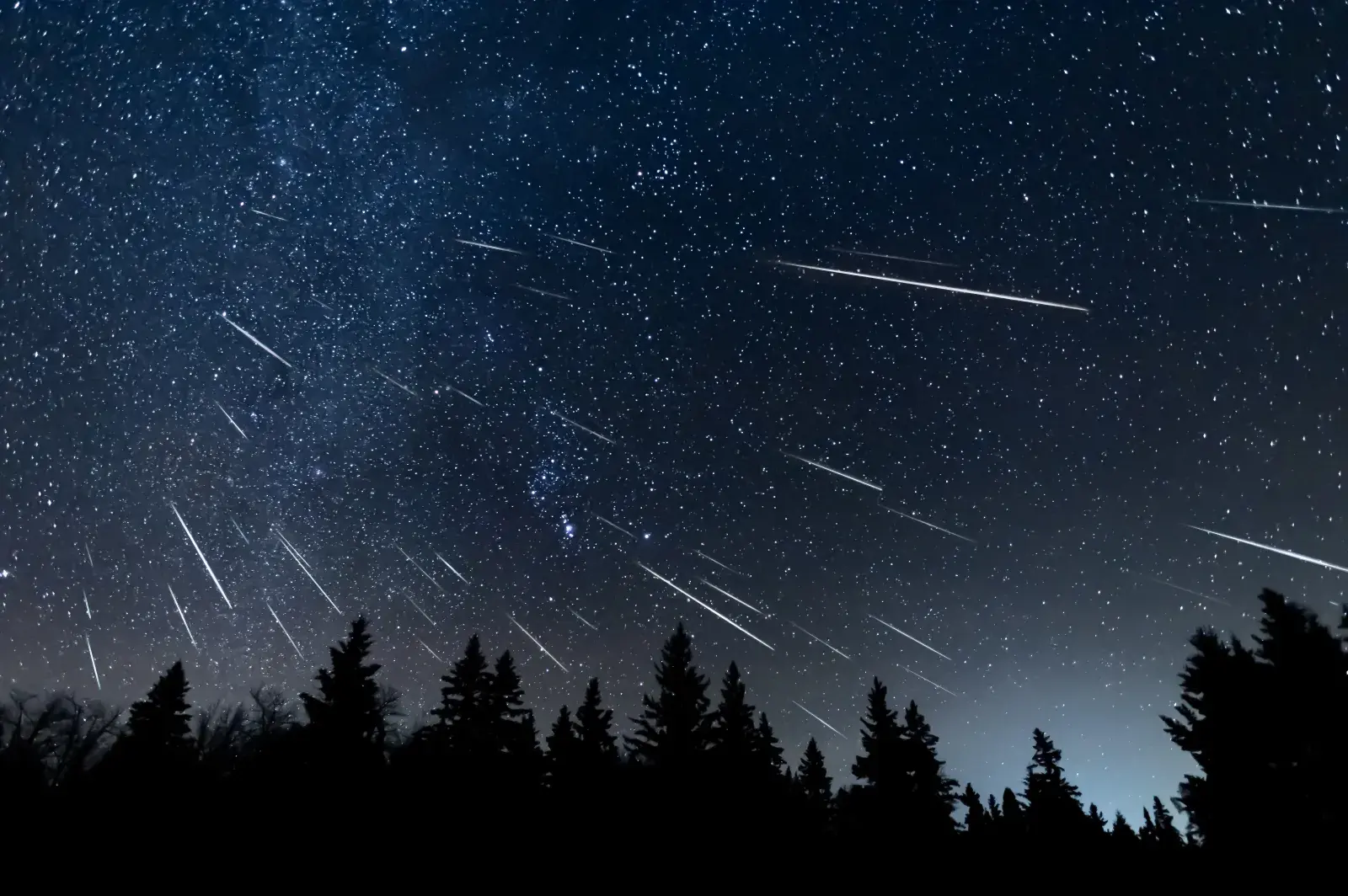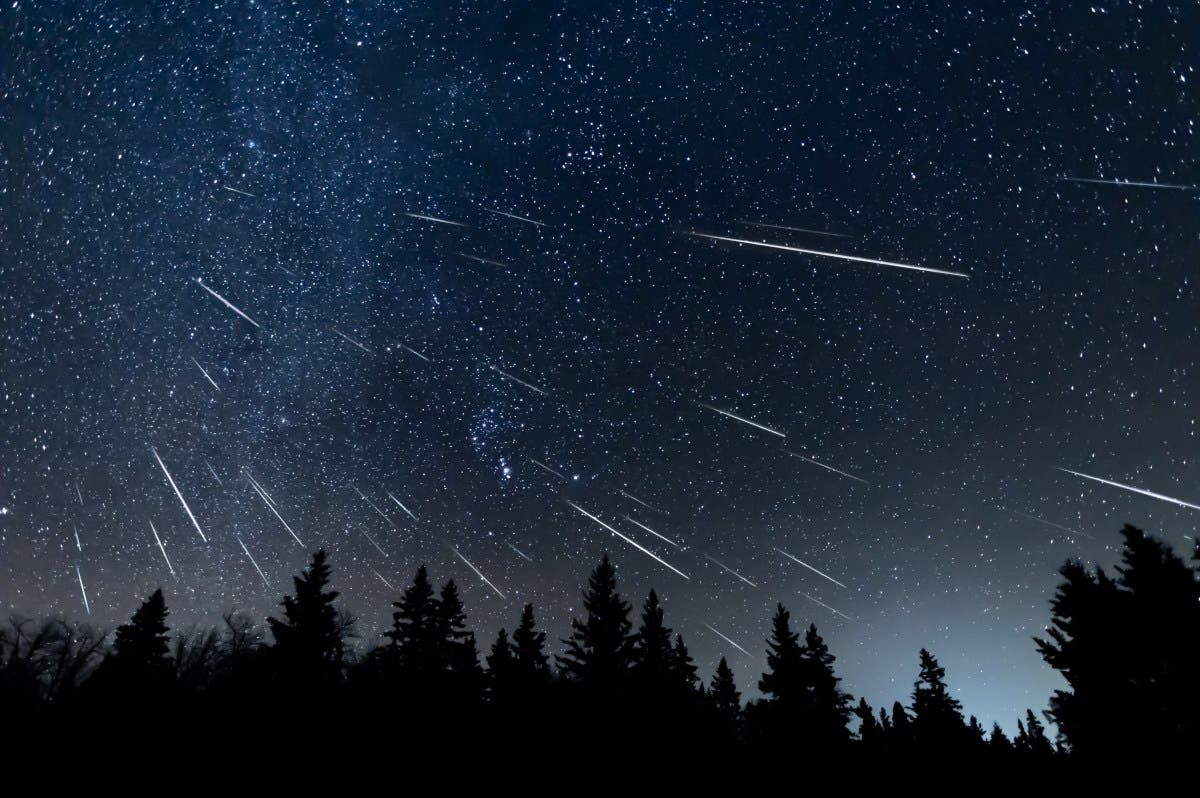A dazzling meteor shower will be visible next week, lighting up the night skies across the globe.
The Orionid meteor shower is named after the constellation of Orion, where the meteors appear to originate from, though they can be observed across any part of the sky.
These meteors are actually debris left behind by the Halley’s Comet as it orbits the sun. While the comet itself is currently far away and not visible to us, Earth’s passage through the trail of dust it leaves behind creates a light show in our skies every October.
Seth McGowan—president at Adirondack Sky Center and Observatory based in New York, and a NASA Solar System Ambassador—told Newsweek that the Halley’s Comet last passed the Earth in 1986 and is due to return in July 2061.
It was first discovered by English Astronomer Edmund Halley, who was also the first to calculate its orbit and predicted its return (which takes place approximately every 76 years.)

Orionids are known to be extremely fast meteors, plummeting into Earth’s atmosphere at sime 147,600 miles per hour.
This year the Orionid meteor shower is active from October 2 to November 7, peaking in the early hours of October 22 between midnight and dawn.
However, do not worry if you miss it on the day—meteors should be for several days on either side of this ‘maximum.’
Luckily this year’s peak falls on a new moon, providing darker skies, that should offer ideal conditions for spotting meteors.
While the Orionids are not the year’s strongest shower—and may not produce the richest displays—they do leave behind trains, or ionized gas trails, that linger for a few seconds after the meteor has gone.
From a dark location you should expect to see about 10 to 20 Orionids per hour at their peak.
Meteor showers are visible to the naked eye so there is no need for binoculars or a telescope to observe them, though you will need to allow your eyes to adjust to the dark.
According to McGowan, looking for Orionids is relatively simple since most can easily find the three bright stars of Orion’s Belt.
“The Orion Constellation will rise from the eastern horizon at roughly 10:00 PM (depending on where you are in the US.) It will appear roughly 45° above the southern horizon by approximately 4:00 AM.
“But that is not to say that will be the only place the showers can be seen. Quite the opposite. They meteors will appear all across the sky. However, the lines they follow will generally all point toward the Orion Constellation regardless of where you catch them.”
Dark, wide-open spaces located away from streetlights and other sources of light pollution are ideal locations for meteors watching. Higher elevations are also preferred since the can offer a wider and uninterrupted view of the horizon.
“But, regardless of where you choose, please monitor weather. Cloudy conditions can make a trip disappointing, and cold temperatures can make it very uncomfortable. No less amazing though.” McGowan added.
Do you have a tip on a science story that Newsweek should be covering? Do you have a question about meteor showers? Let us know via science@newsweek.com.

